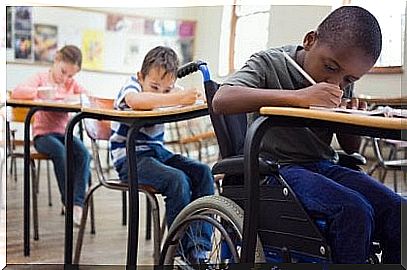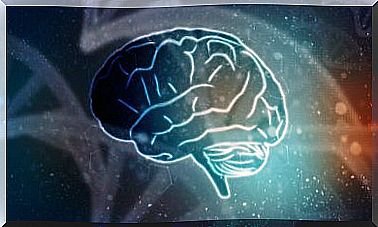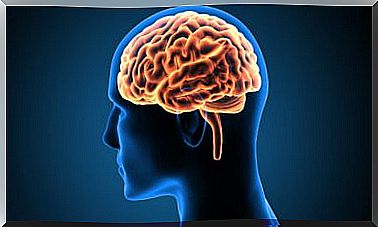The Universal Learning Design

At present, education is framed within inclusion and uses the universal design of learning to respond to the needs of its students, among other methodologies. However, this has not always been the case.
Until the 1970s, in Spain there was no state regulation of education for people with disabilities or special needs. This was left, in general, in the hands of social assistance. However, with the enactment of the General Education Law (LGE, 1970) a segregating model was established, by which these students began to be cared for in specific special education centers.
Twenty years later, and after several changes in the vision of the educational treatment of diversity, the LGE was replaced by the well-known LOGSE (1990). This law replaced the previous model with a school integration model that endowed ordinary centers with resources to serve these students, who began to attend them.
Finally, since the enactment of the Organic Law on Education (LOE) in 2006 and the Organic Law for the Improvement of Educational Quality (LOMCE) in 2013, the integration model was replaced by the current model. This new model, of school inclusion, prioritizes the attendance of this type of student body at the ordinary center, leaving the special education center only for those cases in which the particular circumstances so invite it.

An inclusive model for all
As a result of all this, the centers have had to evolve to respond to the particularities of all their students. As regards the curriculum or curriculum, in recent years it has been proposed, by reference to educational inclusion, the design of the same following what is known as universal design learning, or DUA.
The DUA arises in the field of architecture, and is based on constructing buildings to which everyone can access without the need for subsequent reforms or adaptations. For example, the construction of a building with a ramp and stairs or with a wide enough door for a person in a wheelchair to pass through.
The same principle is tried to transfer to the educational field. It is therefore proposed that “difficulties in accessing learning are due, not so much to the capacities or abilities of the students, but to the very nature of the didactic materials” .
The universal learning design
As Carmen Alba, the greatest exponent in Spain on DUA, points out, no two brains are alike. Students do not learn in the same way, they do not have the same interests, the same abilities, or the same personality characteristics.
Therefore, it is necessary to design a curriculum that any student can access and that does not act as a barrier to complete learning. The DUA is based on the contributions of neuroscience and advances in information and communication technologies to design new modes of learning. Likewise, it proposes three basic principles that all curricular programming design must follow:
- Use multiple forms of representation
- Provide multiple forms of expression
- Contemplate multiple forms of involvement
Use multiple forms of representation
For example, a student with a hearing impairment will benefit from visual material more than from the teacher’s oral presentations, so both forms of information representation should be provided. Similarly, not all students better grasp information through aural means, so they will also benefit from this dual representation.
Provide multiple forms of expression
The author refers here to providing “different options to carry out the learning tasks and how to express that they have been achieved”.
For example, when facing an exam, the student with little knowledge of the language will express himself better in writing, or conversely, orally. There is no single way to complete a learning task.

Contemplate multiple forms of involvement
Motivation plays a fundamental role in this principle. It is a proven fact that student motivation is a decisive factor in learning and, therefore, a curriculum must be planned that enhances the involvement of students in daily tasks and in their own learning. Thus, this principle proposes taking into account the preferences and interests of the student, allowing them to prepare work in a group or individual way, etc.
It is clear that we continue on the path to inclusion. The efforts that have been made to improve the teaching-learning process have given rise to programs, methodologies and novel teaching strategies, among them, DUAs. This does not mean discarding the traditional learning model, but rather complementing it taking into account the educational model in which we find ourselves, the new neuroscientific discoveries about the learning process and the use of new technologies.









